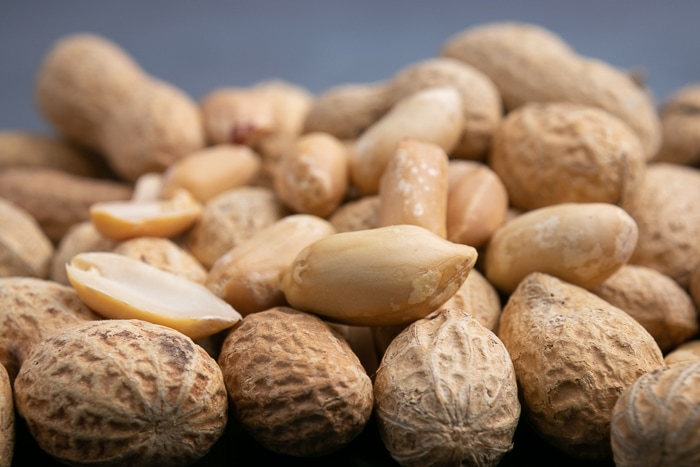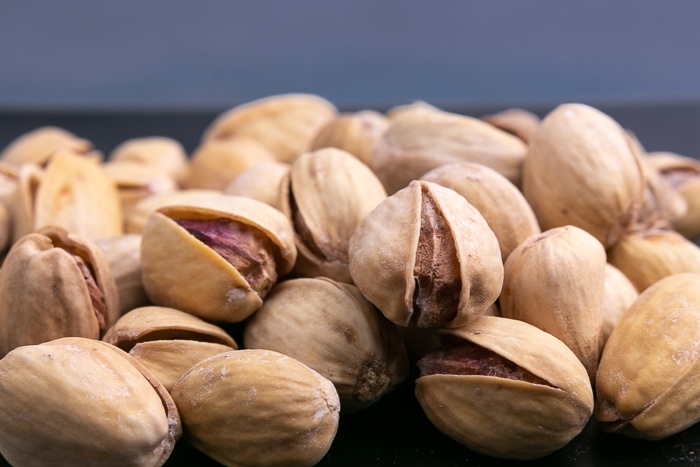Do Brazil Nuts Go Bad?
You’ve found an old package of Brazil nuts stashed away in the pantry. You checked the date on the label, and it’s only a few weeks past that date. Do Brazil nuts go bad?
Or perhaps you’ve bought Brazil nuts in bulk in the supermarket. There’s no date on the bag, and you have no idea when you’ve purchased them. Now you need to know how to tell if those nuts are still edible or not.
If you’re looking for more information on storage, shelf life, and spoilage of Brazil nuts, you’re in the right place. Let’s get started.
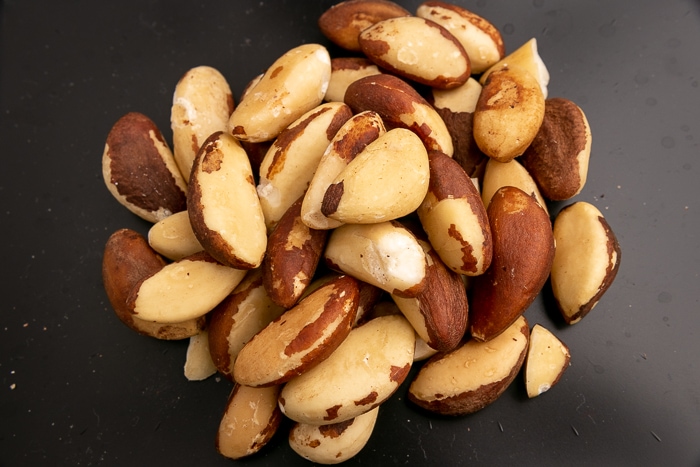
How To Store Brazil Nuts
Like with almonds or macadamia nuts, you should store Brazil nuts in a cool and dry environment (NC). Please note that cool doesn’t mean in the fridge. It means at room temperature (or slightly below) and away from sources of heat.
If you already know the nuts need to keep quality for at least a couple of months, transferring them to an airtight container or bag is helpful. That’s especially true for shelled Brazil nuts, which is the version most of us choose.
When it comes to whether or not you should refrigerate Brazil nuts, it depends on how long you need to keep them around. For extended storage times, like half a year and longer, the fridge is the way to go. For shorter ones, the pantry or a cabinet in the kitchen works perfectly fine.
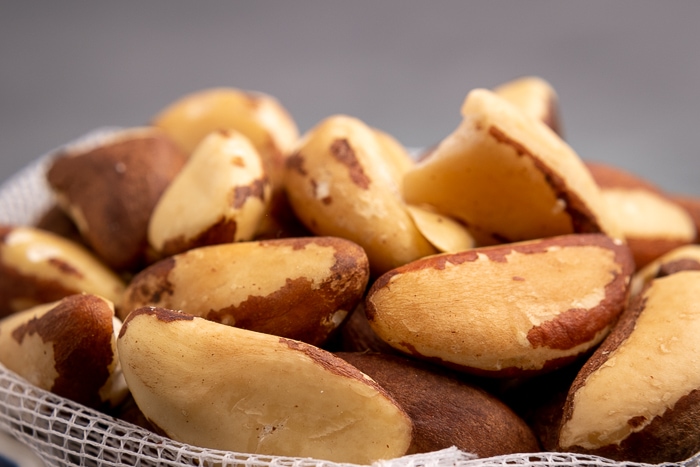
Can You Freeze Brazil Nuts?
Freezing is the optimal way of storing Brazil (and most other) nuts if you need to keep them around for a long time. Because of that, it’s most often used by producers that freeze their harvest, so it’s available year-round. Chances that you grow Brazil nut tree in your orchard are slim to none, so you likely don’t need to bother freezing them too.
Nevertheless, if for some reason you’ve bought enough Brazil nuts for a couple of years, here’s how to freeze them:
- Package the nuts. You need to protect the nuts from frost. The easiest way to go about that is to package them in freezer bags or freezer-safe containers. Add a label with the name and date to each package if you like.
- Put the packaged nuts in the freezer.
That’s it. The process is quick and straightforward, and the nuts can sit in the freezer for a year or two without any significant quality loss.
When it comes to defrosting, going about it slowly is always preferable. If you have time, transfer the nuts into the fridge for a couple of hours. If not, leave them on the counter (in a single layer) for an hour or so.
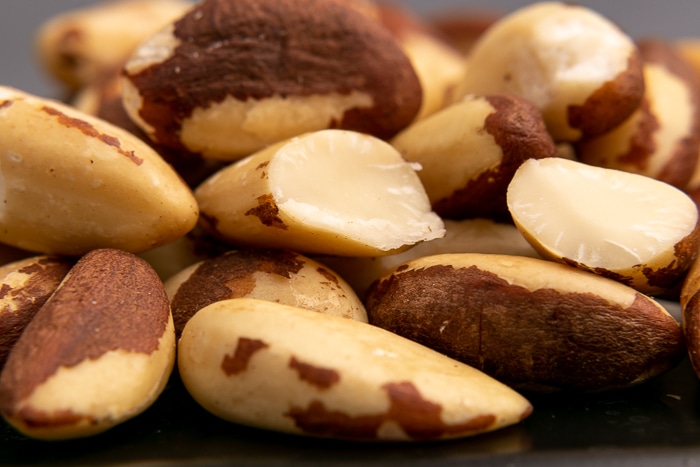
How Long Do Brazil Nuts Last
There’s no one set and agreed-upon shelf life of Brazil nuts, and everyone’s take on it is slightly different. Virginia Cooperative Extension (VCE) says that shelled nuts last for four months in the pantry and half a year in the fridge. Nuts.com (NC) informs that the shelf life is slightly longer – 6 to 9 months in the cool and dry place I mentioned earlier (NC).
In my experience, the info that Nuts.com gives us is closer to the truth. If you need more time, like a year or so, the fridge is the way to go. If that’s not enough, go with the freezer.
The mentioned periods are worth knowing if your Brazil nuts don’t come with any dates on the label. Quite often, though, we buy these nuts prepackaged, and pretty much every package in the supermarket has a date printed on it.
That date is by no means an expiration date, but rather it informs you how long, approximately, the nuts should retain quality. So if it’s a couple of weeks, or even months, past that date, the nuts might still be quite alright. As usual, there’s no way of telling exactly how long Brazil nuts keep quality past their date.
| Pantry | Fridge | |
|---|---|---|
| Brazil nuts | 6 – 9 months or best-by + 3 months | 1 year or best-by + 6 months |
Please note that the periods above are only estimates.
Knowing that the date on the label doesn’t tell you the whole story, it’s time to talk about telling edible Brazil nuts from bad ones.
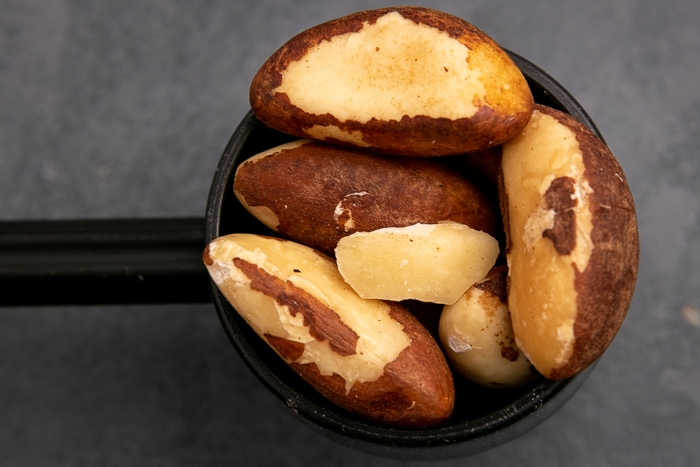
How To Tell If Brazil Nuts Are Bad?
When checking if your Brazil nuts are still okay to eat or not, look for the following:
- Mold or other changes in color. While nuts rarely go moldy, checking for any white or green specks, fuzz, or rotten black spots on the surface takes only a few seconds. Remember that machines crack the nuts. Most of the nuts will have some of their brown skin still on (like in the images). That’s normal.
- Shriveling nut with wrinkled skin. If you store the nut for too long, it might start losing some of its water. That results in the skin becoming wrinkly instead of smooth. Shriveled nuts aren’t necessarily unsafe to eat, but most of the time, the flavor isn’t that good either.
- Rancidity. Nuts go rancid. About 31% of the fat content of Brazil nuts is polyunsaturated fatty acids (WIKI), which is neither high nor low for nuts. That means that after storing them for a prolonged period, they can go rancid. You can tell yours are rancid based on either smell or taste. If the smell is bitter or chemical, they’re rancid. Same thing if the flavor is bitter or somewhat acidic.
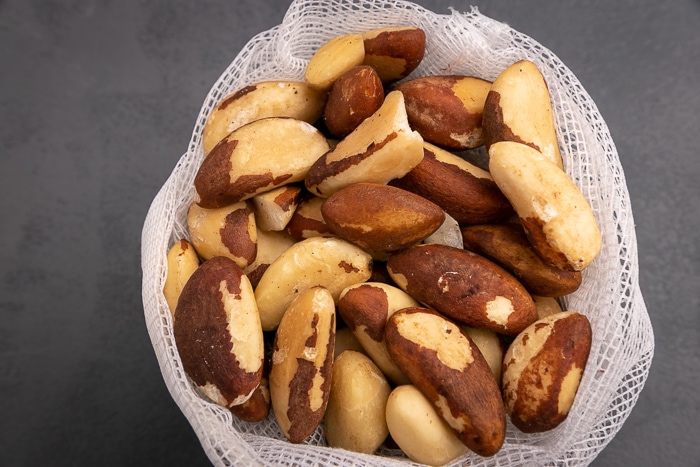
While eating rancid Brazil nuts won’t make you sick right away, it definitely won’t help your health. Because of that, it’s best to get rid of such nuts. They’re usually unpalatable anyway.
(The same is true for other nuts, such as almonds, walnuts, and the like.)
Related: Do Almonds Go Bad?
But if your Brazil nuts seem to be fine but taste a bit stale, feel free to roast them to give that flavor a boost.
If your nuts are okay to eat, you shouldn’t go through the entire bag in a single day. Brazil nuts are loaded with selenium, and eating too many can lead to selenium toxicity, which is a serious condition (HL). Limit your consumption to one to three Brazil nuts per day to get the benefits and avoid the downsides (HL).
Sources
- WIKI Wikipedia: Brazil nut
- NC Nuts.com What’s the average shelf life for my products?
- VCE Virginia Cooperative Extension: Food Storage Guidelines for Consumers
- HL Healthline: 7 Proven Health Benefits of Brazil Nuts
Rotten Records: Share Your Snap!
Caught some food past its prime? Upload your photo to “Rotten Records” and help others spot the signs of spoilage. Every image makes our food community safer and more informed!
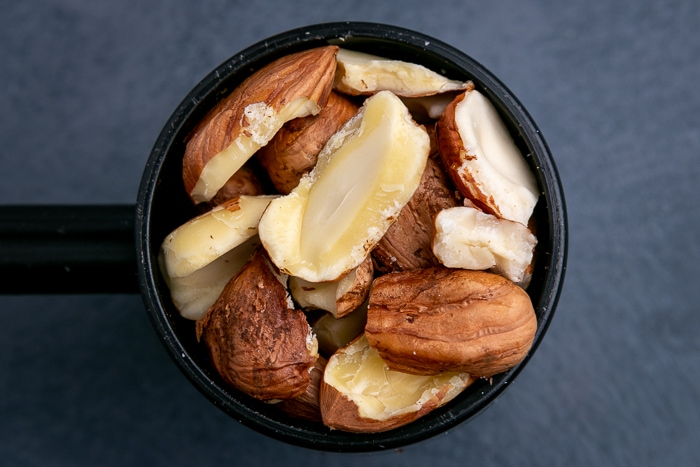
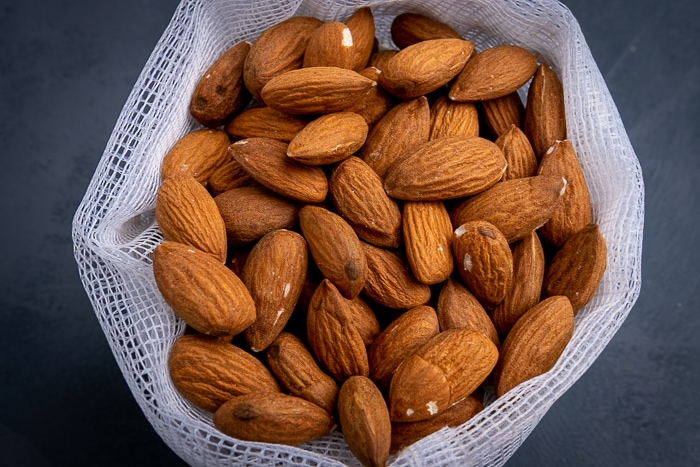
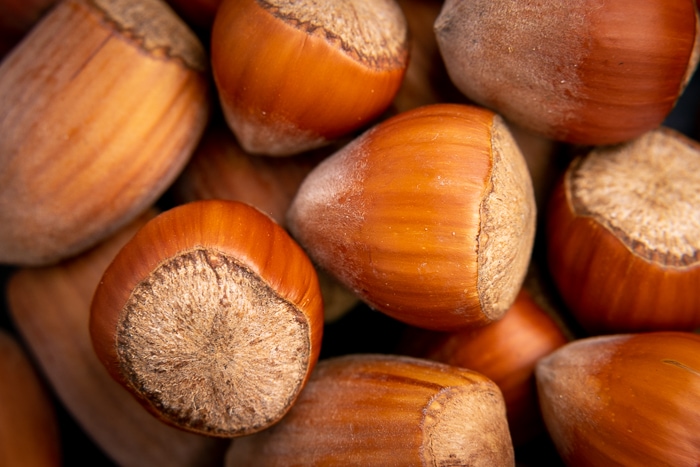
![How Long Does Chia Pudding Last? [2 Minute Primer]](https://www.doesitgobad.com/wp-content/uploads/Chia-pudding-with-almond-milk.jpg)
